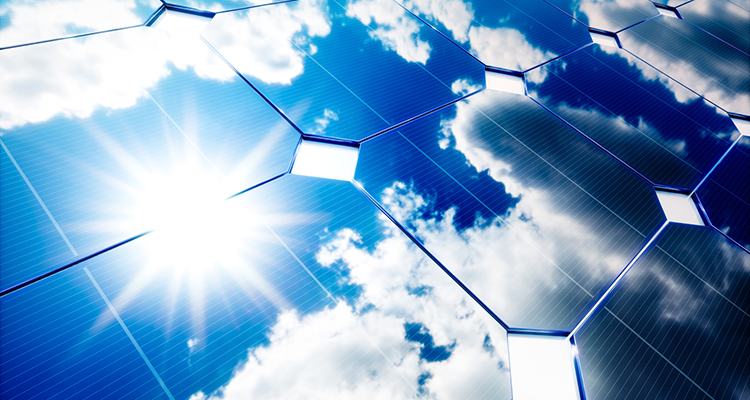Debunking 4 Solar Panel Myths and Misconceptions
There are preconceived notions about harnessing any sustainable type of energy, and solar power tops the list. Those who are unfamiliar with using solar energy for residential use may think solar energy is too expensive or may not be appropriate for the region in which they live. It is time to bust 4 popular myths about solar panels and show why many homeowners should be considering solar panels as an efficient and cost-effective upgrade for their home. A guest post by Justin Havre from Justin Havre & Associates.
Myth #1: Solar Panels Can Only Be Used In Certain Climates
Solar panels cannot only be installed in sunny and hot areas, such as Arizona or Southern California. Solar panels are actually most efficient in cold and sunny conditions. Cold temperatures in other regions work to improve conductivity and make for a more efficient electricity flow. Homeowners living in sunny and cool climates can also take advantage of this technology. In snowy areas, solar panels are installed at an angle and periods of rain work to clean off debris.
Germany has a successful solar power program and gets a fraction of the sun received in the sunniest American city. Even during the shorter daylight hours of winter, there is enough sun to provide energy to power the average home. Solar power is a viable and sustainable energy source for regions like Alaska, with its long and cold winters.
Myth #2: Solar Panels Are Easily Damaged
Solar panels are of durable construction and an annual inspection is recommended to check on the panels. In the majority of cases, warranties are offered for the life of the solar panel system. Homeowners choosing to lease a system will have any maintenance and care provided by the leasing company.
Myth #3: Homeowners Do Not Recoup Their Investment into Solar Panels
Solar panels begin paying homeowners back after installation and will pay for themselves in anywhere from six to 15 years depending on the location and system chosen. With many states offering state and federal incentives and tax credits, homeowners can see a return in two to four years. Homeowners should also be aware that with the growing interest in energy efficient homes, a home may increase in value by as much as $15,000. In the majority of the 50 largest cities in America, it costs less to finance a residential solar energy system than it does to purchase electricity from a local utility company. Hosting a solar power system is another option to reduce energy costs without purchasing a system.
Myth #4: Homeowners Need to Own a House to Benefit from Solar Power
Not so. Solar power has become an affordable solution benefiting many in other types of residential homes or living arrangements. Those who rent a house or live in a high-rise condo may go solar. There are shared systems and community solar programs that can make it possible to share the costs of a solar system purchase and installation and benefit from the long-term energy savings. A shared solar array can be installed either offsite or on a building and provide a sustainable source of energy for all participants.
The Potential of Solar Power
Solar panel usage has become widespread. Homeowners and tenants can tap into solar power to cut their energy costs. This sustainable source of energy can also be stored in batteries and make it possible for homeowners to become independent from utility companies. Enjoying lower energy bills and using a sustainable source of energy are attractive reasons for going with solar.
Justin Havre is a Calgary native and owner of Justin Havre & Associates.





